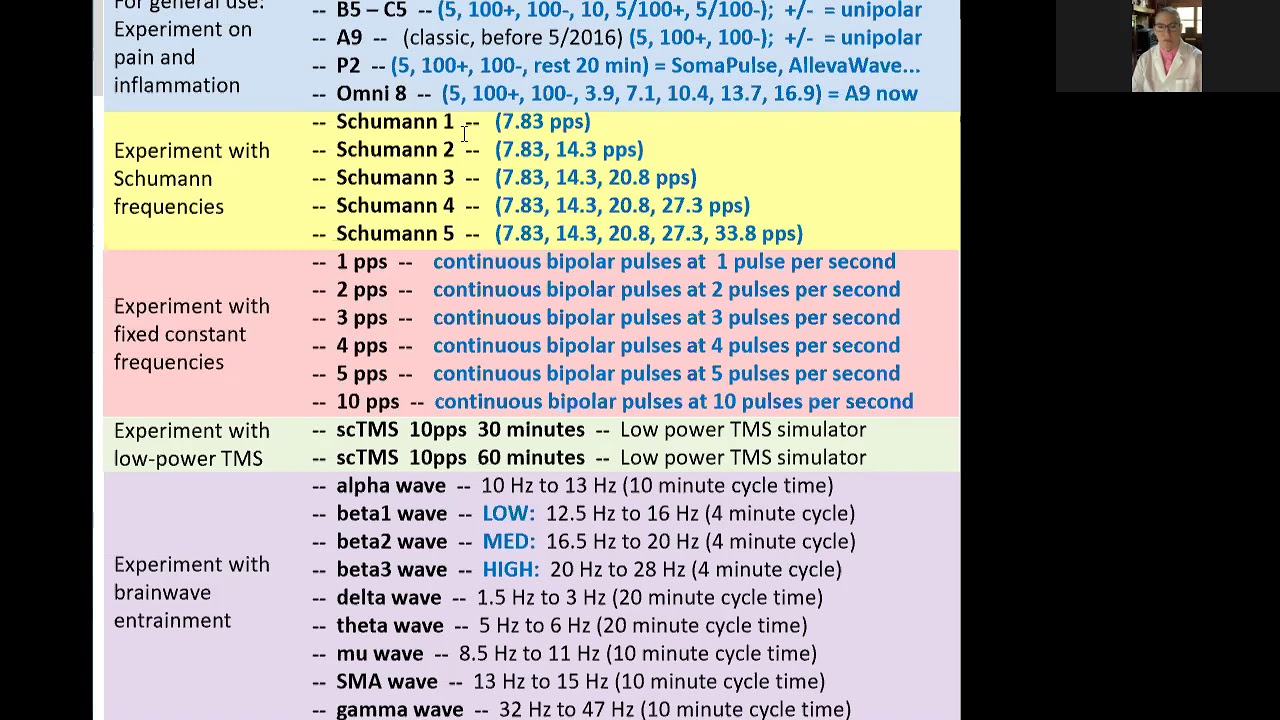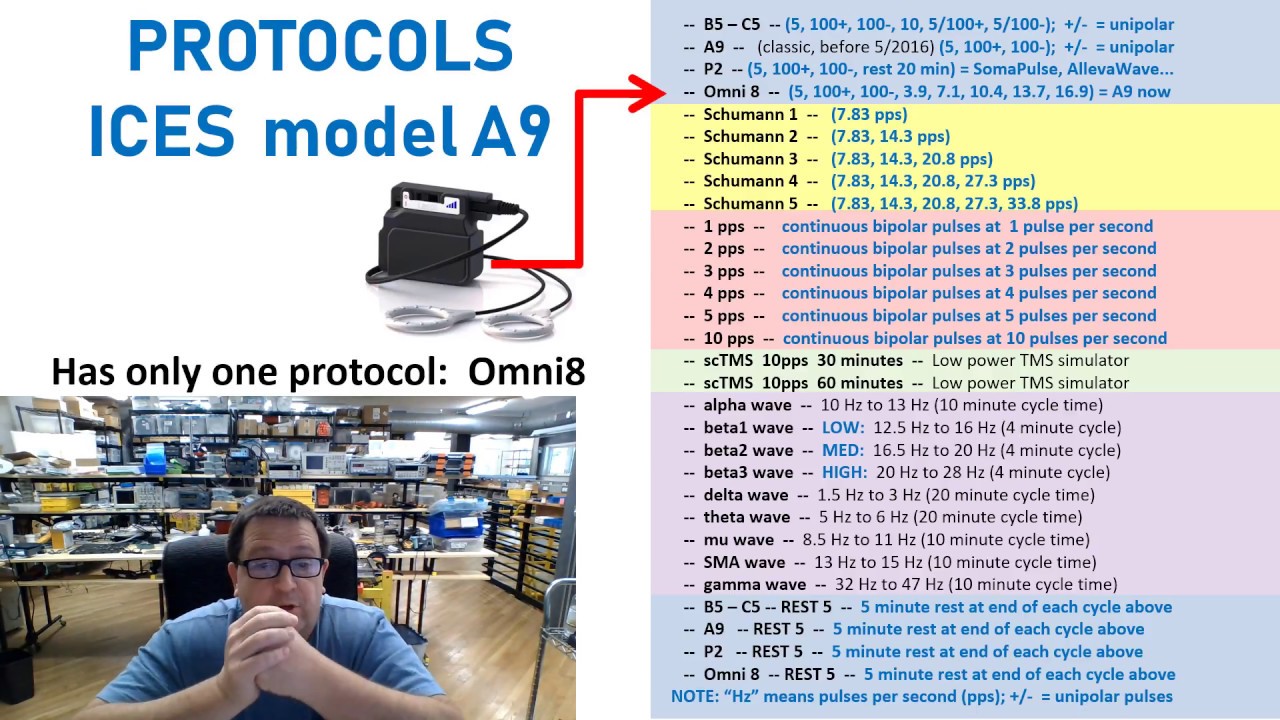After using earlier generation devices I upgraded to the C5. Using Omni 8 program, it aggravates the pain even after persisting for longer periods. When I use the basic Schumann single frequency it feels alleviating snd soothing. However I’m looking to find which frequency was used in bone healing, hoping this would help regrow cartilage in the ankle joint. I’ve been offered cortisone injections in the joint but have resisted. I was hoping that I could regrow the necessary tissue to enable normal use of ankle in hiking and long walks without suffering afterwards. Any frequency suggestions would be wonderful. I use DMSO and BioSil liquid and take collagen orally as well as use photobiomodulation IR light. I plan to sleep with the C5 for however long it takes to regrow cartilage and prevent bone rubbing against bone in the ankle. I wish the information regarding frequencies would be more forthcoming. It’s like pulling teeth trying to get information on how to best use the C5. I hate experimenting. I just want suggestions hopefully based on lab results. I know these devices where used to accelerating bone healing. I don’t know why the frequencies used have to be such a secret :’( Thank uoi in advance for dropping some suggestions
I am sorry you find it so frustrating. But the real fact is that people respond differently to different pulse patterns. There does not seem to be any one best “frequency” for orthopedic (or other) applications. Example, for sleep I have watched people argue vehemently:
“Its’ Delta!”
“No, it’s definitely theta!!”
“No way, I sleep best using Alpha!!!”
I have literally watched people, often clinicians who advise others, argue using exactly these terms.
The same thing holds true for orthopedic injuries: most people respond well to Omni8, but some find it mildly irritating, and may respond better to Alpha wave or one of the Schumann sequences.
There is absolutely nothing secret about the pulse patterns we use. The patterns we use are well documented, generally reflect the range of patterns used in the scientific literature and in our own research, and one clear observation keeps rising to the top:
There is no “secret” or “best” frequency. Within the range of the ones we offer, people can have very different responses.
Even the same person can respond differently to different patterns and intensities when used in different areas of the same body. And over time, many people require less intensity, or a change in the pulse pattern, to get the best results. This also varies from individual to individual.
You might be tempted to think that we just need to do more or better research, that somehow if we asked the right questions and studied enough people that we would be able to generate a table of “Frequency X cures or treats condition Y”. But the more you study it, the more you find that this is simply not true.
Pulse patterns fall into just a few general groups. Most people can easily determine what works best for them with a very modest amount of experimentation. If you find one or a few patterns that seem to be non-irritating, then you might try focusing on those.
Thank you Bob for the quick and thorough reply. As I was reading your explanations it occurred to me that I already know this based on past experiences and the knowledge that the body’s complexity rarely conforms to the mind’s preference for simplistic linear and reductionistic “one size fits all” answers. Perhaps this also has to do with the utter failure of the current “standards of care” medical paradigm. Thanks again. Steve
I think you are exactly correct. One thing most people never realize is that every medical intervention is an experiment. A thoughtful and skilled care giver will make an educated guess, try something, observe and measure (when possible) the results, adjust or change their approach, and try again. I also strongly agree that the failure to do so results in poor-quality and often ineffective medical care. This is why, intuitively, most people want (and need) direct personal attention, not just a standard check list.
In biological systems, I rarely see anything that is “one size fits all”.

